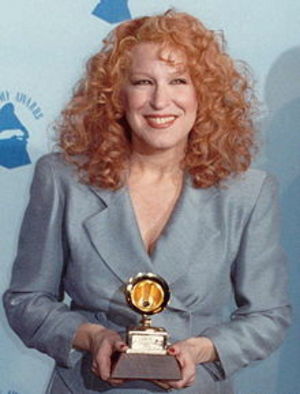In Japan there are two major forms of theater, nô and kabuki. The nô theater (nô means “accomplishment”) arose in the 14th century largely at the hands of the dramatist Zeami for the entertainment of court society, and it has remained unchanged since the 17th century. The same is true of the kabuki theater, which has been popular since about 1600.
Nô theater is highly stylized for enacting stories from the classical literature of Japan. A temple roof supported by four columns rises above the stage, which is divided into two areas: the stage proper and the bridge, which actors use for entrances and exits. A hurry door, which is in the wall at the back of the stage, is used by minor characters, musicians, and stage assistants for quick exits and entrances.
Scenery consists of three small pine trees that stand for heaven, earth, and humanity, and a larger pine tree, which is painted on the center wall and represents the play’s earthly setting. Musicians who play the flute and drums sit on stage, along with the chorus, which narrates many of the play’s events. The actors (all male) wear colorful silk costumes, rich headdresses, and painted wooden masks that designate types (for example, men, women, deities, monsters, and spirits). A nô performance is slow and stately by Western standards.
In contrast, the popular kabuki theater is energetic. Dating from the 17th century, it emerged in urban areas, especially Edo (Tokyo’s historic center), Kyôto, and Ôsaka. The kabuki stage combines thrust and proscenium stages. The stage covers the entire front of the auditorium and is approached by a ramp that connects the rear of the auditorium to the stage proper. The actors (all male) use this runway for dramatic entrances and exits. The proscenium stage is long, often 27 meters (90 feet), and has a low opening, or arch. Musicians sit onstage and accompany the stage action. Kabuki plays once required a full day to perform, but today they last about five hours. Their subjects involve feuds, revenge, adventure, and romance, and their staging features elaborate scenic effects.
Like nô actors, kabuki actors are trained from childhood. The women’s parts are performed by male actors skilled in their ability to convey feminine gestures and sensibilities. Actors wear boldly patterned makeup that signifies the roles (heroes, villains, children, women), and each role also has a conventional costume based on historical dress. Japan’s greatest playwright, Chikamatsu Monzaemon, wrote for kabuki, which flourishes today.[1]
[1]”Theater,” Microsoft® Encarta® Encyclopedia 99. © 1993-1998 Microsoft Corporation. All rights reserved.


